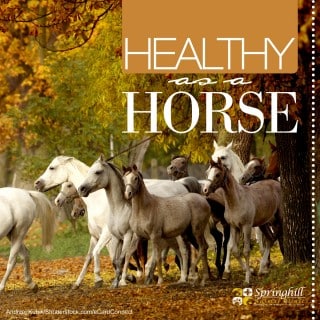Johne’s disease, also called paratuberculosis, is a fatal gastrointestinal disease in cattle and other ruminants caused by the bacteria Mycobacterium avium ss. paratuberculosis (MAP). The disease is contagious and easily spread among herd members. Animals are typically infected when they are young, but often show no signs of illness until months, or even years, later.
The MAP exist for various amounts of time in the intestine before beginning to multiply and take control of intestinal tissue, causing the intestine to malfunction. At this time, infected animals can no longer absorb the nutrition needed, and the two primary symptoms of Johne’s disease, weight loss and diarrhea, typically appear.
The disease is transmitted among herds through infected water supply and feces on grazing pasture, so it’s imperative to keep healthy animals, especially calves, in an uninfected area with a clean water supply.
We can perform testing (typically on fecal samples or blood) to diagnose Johne’s disease in your herd, and any infected animals should be culled to prevent the disease from spreading to healthy herd members. As there is no cure for the fatal disease, the best treatment is to prevent it from ever occurring. This is done through careful herd management, ensuring that new members are obtained from healthy sources and tested for the disease before being comingled with other herd members.


